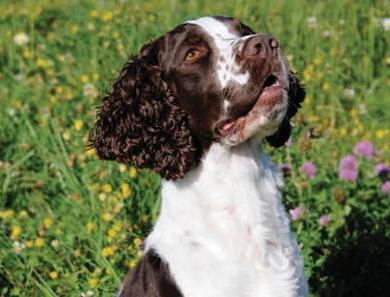
Today’s Breeder
Today’s Breeder is a Nestlé Purina publication dedicated exclusively to the needs and interests of professional breeders, handlers, and competitors.
Today’s Breeder Issue Archive
Browse the full catalog of Today’s Breeder, filled with useful content catered to canine enthusiasts and breeder operations of all sizes and scales.
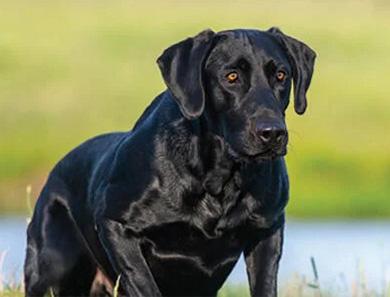
Issue 107
Mark of Excellence Watermark Retrievers
Opposites Attract
Westminster's 'Trumpet'
Service Dog Partners

Issue 106
2021’s Show Dogs of the Year
Pequest Pekingese On Top of the World
Top Sporting Dogs of 2021

Issue 105
Dr. Frances O. "Fran" Smith - REPRO Vet & Breeder of Danikk Retrievers
2021 HRC Fall Grand
CHF Parent Club Conference Highlights
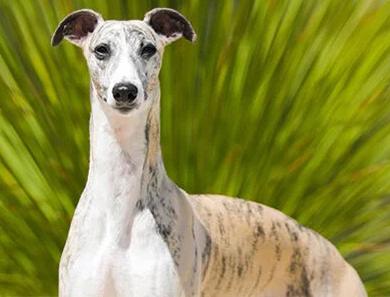
Issue 104
The Portuguese Water Dog in America
Westminster Winner Wasabi
Q&A On Dog Breeding and Nutrition
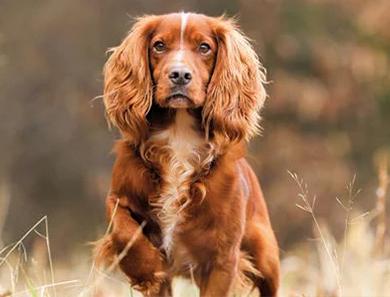
Issue 103
Addressing Canine Pyometra
Photographers' Favorite Pics
Travel First-Aid Kit for Dogs

Issue 102
Reducing Pregnancy Problems
25 Years: AKC Canine Health Foundation
Conditioning Performance Retrievers

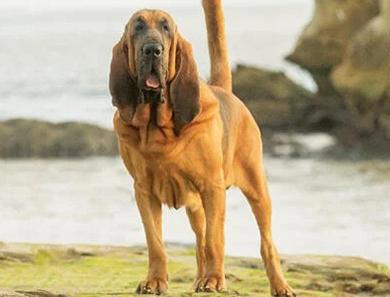
Issue 100
DNA Testing & Genetic Diversity
Incredible Dog Challenge
Special 100th Issue Coverage
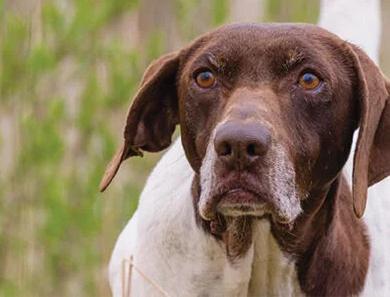
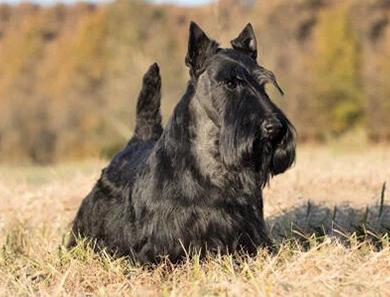
Issue 98
Adverse Drug Reactions in Dogs
Purina Pro Plan Formulas for Performance Dogs
Siberian Husky Masters Agility
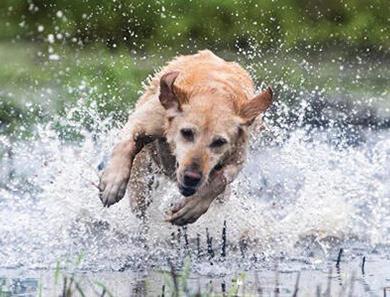
Issue 97
Westminster Winner ‘Flynn’
Purina Pro Plan SAVOR with Probiotics
Mutation Discovery Linked to IVDD
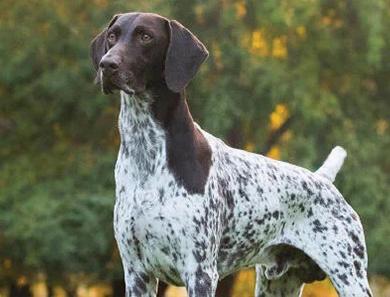
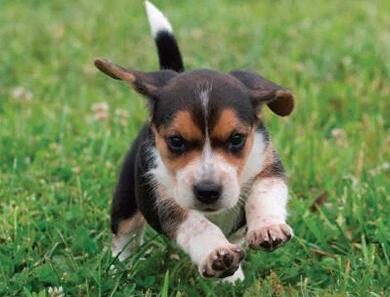
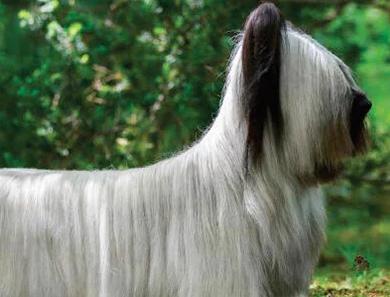
Issue 94
Retriever Winter Warm-Up
A Dog Breeding Roundtable
Chic: A Canine Health Database


Issue 92
Grooming Dogs Competitively
Dealing with Atopic Dermatitis
Purina Retriever Awards
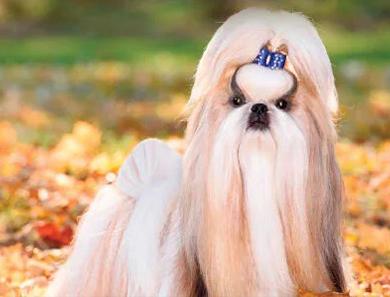
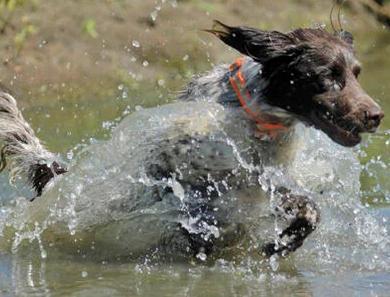
Issue 90
Showing Dogs to the Standard
New Approaches to Bloat
Dog Psychology in the Field
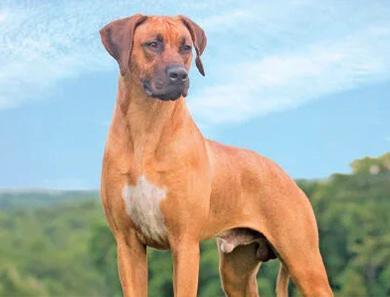
Issue 89
Healthy, Strong Senior Dogs
Safe Summer Training Tips
Purina Pro Plan Bright Mind
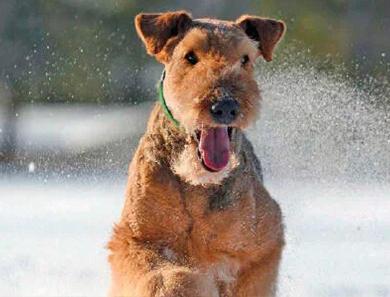


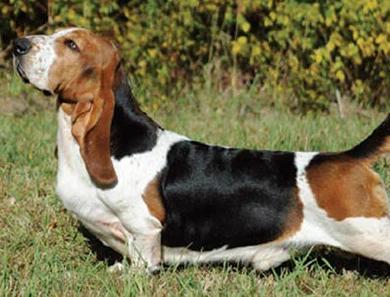
Issue 85
2013 Cocker National Field Trial
Artificial Insemination in Dog Breeding
Junior Showmanship at the Garden
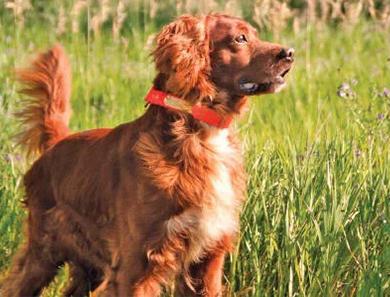
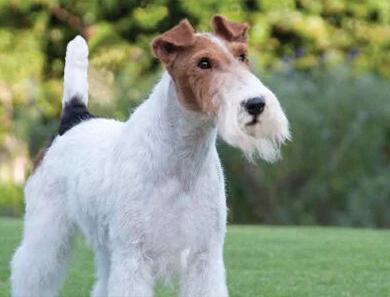
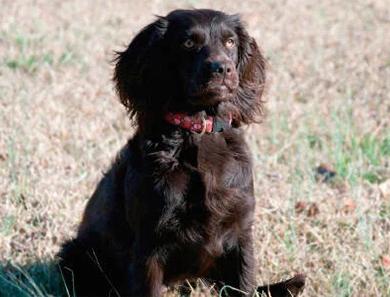
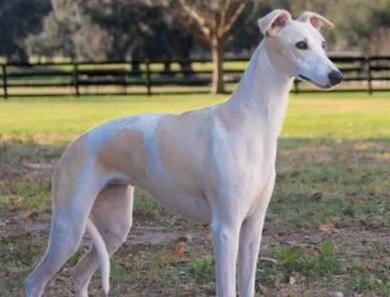
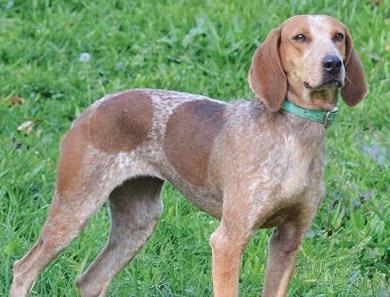
Issue 80
Faces of Pro Club
Santa Barbara Breeders Showcase
Pro Plan: Awaken the Greatness

Issue 79
Choosing Puppy Buyers
Canine Genomics & Nordic Breeds
Standard Poodle Makes History
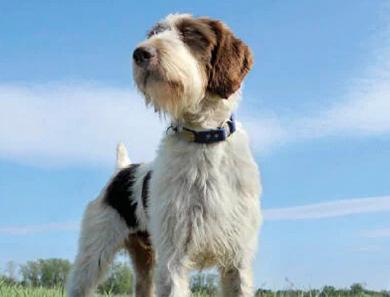
Issue 78
Juniors Handle the Future
GI Tract in Health & Disease
International Canine Festival
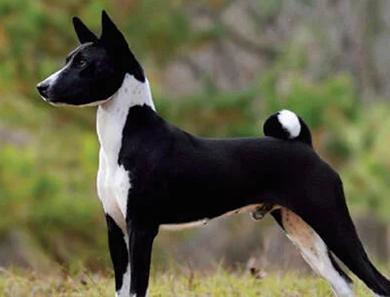
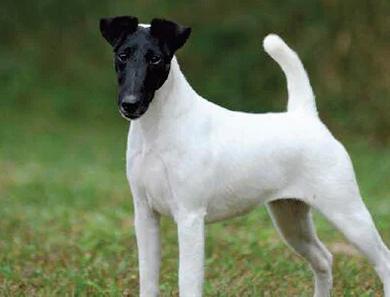
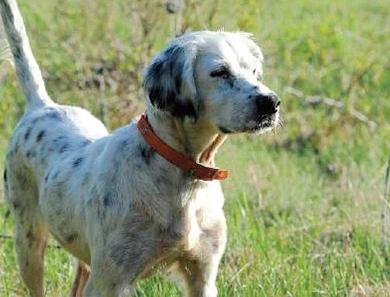
Issue 75
Feeding for Performance
Conditioning the Complete Dog
Herding Trials at Purina Farms
